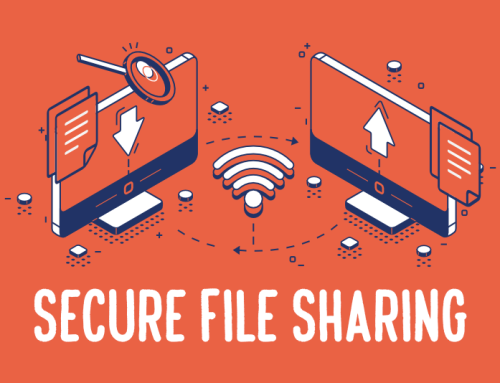Data loss prevention
Data is now one of the most valuable assets for both individuals and businesses in the digital age. Data holds immense value, from personal information to trade secrets, making its protection a top priority. DLP can have serious repercussions, including monetary losses, legal problems, and reputational damage, whether it is caused by accidental deletion, hardware failure, or malicious activity. The use of efficient data loss prevention (DLP) strategies is essential to reducing these risks. This article examines the idea of preventing data loss and identifies crucial safeguarding procedures.
Understanding Data Loss Prevention (DLP)
Data loss prevention refers to a broad range of tactics, tools, and procedures used to locate, track, and safeguard sensitive data against theft, loss, and unauthorised access. By creating policies and enforcement mechanisms for data security, DLP seeks to reduce the possibility of data breaches, whether deliberate or accidental.
Key Elements of Data Loss Prevention
Data Discovery: The initial step in DLP is to locate and categorise sensitive data inside of an organisation. This entails identifying data types like personally identifiable information (PII), financial records, intellectual property, and more as well as locating data repositories, mapping data flows, and identifying these data types. The discovery process is aided by a number of tools and procedures, including automated scanning and metadata analysis.
After sensitive information has been located, it must be classified and labelled according to its level of sensitivity and potential risk. Organisations can prioritise security measures and allocate the right resources thanks to classification. Sensitive information is clearly identified by data labelling, ensuring proper handling and control throughout its lifecycle.
DLP solutions enforce access controls to restrict data exposure to only authorised people. Access Controls and User Behaviour Monitoring. Can examine patterns, anomalies, and deviations in specific usage behavior. User behavior or monitoring access attempts Anti-discrimination conflation helps detect data exfiltration.This allows for prompt response to incidents and intervention.
Data Leakage Prevention and Encryption
Encryption is a key element of DLP because it safeguards data while it is in transit and at rest. Encryption adds an extra layer of security by converting data into a format unreadable by unauthorized parties, rendering it unusable. Email filters and endpoint protection are two examples of data leakage prevention tools. which monitor and stop unauthorized data transfers or leaks.
Employee Education and Awareness
Human error continues to be a major factor in data breaches. Employees can learn about data security best practices through comprehensive training programs and awareness campaigns. Such as handling sensitive information properly, detecting phishing attempts and following security protocols. Employees are kept vigilant and up to date with evolving threats thanks to frequent training sessions and updates.
Data breaches may still happen despite effective preventive measures, so incident response and recovery are important. To lessen the effects of such incidents, an efficient incident response plan must be established. This includes having precise procedures in place for disclosing, looking into, containing, and recovering from data breaches. To recover lost or corrupted data, backups and disaster recovery procedures are essential.
Organisations must give data loss prevention a top priority in order to reduce risks and protect sensitive data as long as data is a valuable asset. Organisations can significantly lower the likelihood and effects of data breaches by implementing a comprehensive DLP strategy that includes data discovery, classification, access controls, encryption, employee training, and incident response.
To stay one step ahead in the fight against data loss and guarantee the protection of both individual and organisational data assets, proactive measures and constant adaptation to emerging threats are essential.
What is Data Loss Prevention?
Insider threats — a malicious insider, or an attacker who has compromised a privileged user account, abuses their permissions, and attempts to move data outside the organization.
many cyber attacks have sensitive data as their target. Attackers penetrate the security perimeter using techniques like phishing, malware, or code injection and gain access to sensitive data.
RAM Antivirus protects you from cyber-attacks and give you incident handling support.






